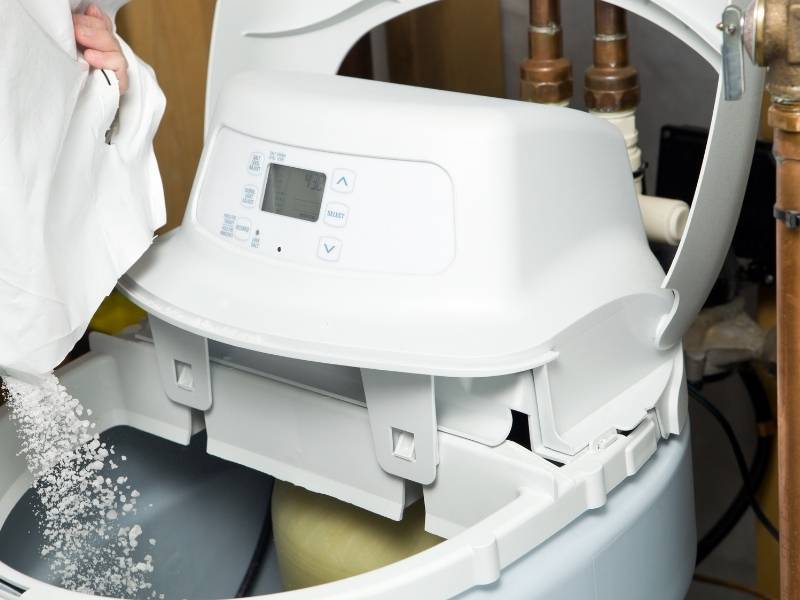Iron is found abundantly in nature. It’s harmful as it reduces the pressure of water, clogs plumbing, leaves orange marks on enamel, and damages your skin and hair. Those are just some of the impacts of too much iron in water.
The good news is, however, that iron removal from well water isn’t an impossible task. Three kinds of iron contaminate well water: Ferrous iron, Ferric iron and Bacterial iron. Depending on which one is found in the well, it can be removed through one of the following ways.
Too Much Iron in Your Water? Follow these Tips!

1. Sediment filters.
Ferric iron shows itself in well water through a bright orange color. Since ferric iron is insoluble and is not completely dissolved in water, it can be removed through a sediment filter. A sediment filter gets rid of solid particles of any impurities, including ferric iron.
2. Water softeners.
Water softeners are perfect. for removing ferrous iron from well water. For example, once ferric iron is removed by a sediment filter, a water softener removes the ferrous iron through the iron exchange process. There are also anions in water softeners that attract iron, a positively charged cation and exchange each other.
Water softeners work best in hard water. If the water is soft, an oxidizing filter will do a better job of iron removal from well water.
3. Manganese greensand.
One of the most common ways is to remove ferrous iron from well water by first making it into ferric iron, which is particulate and easier to remove. This conversion is done through Manganese greensand which is an oxidizer. It works by converting ferrous iron into ferric iron and then, backwashed by potassium permanganate, removes the ferric impurities. 15ppm of iron is successfully removed by the usage of Manganese greensand.
Note that it is a powerful substance and can cause skin irritation if handled carelessly.
4. Birm.
Birm is another oxidizing agent used to perform the same task as Manganese greensand. Although, it works only in water with high pH levels.
5. KDF Filters.
Made of granular zinc, Kinetic Degradation Fluxion (KDF) filters work by the same principle. They turn ferrous iron into particulate ferric iron oxide. KDF filters perform best in water with low pressures and quantities and should be placed where the water enters your house from the well.
6. Shock chlorination.
Shock chlorination is for the removal of bacterial iron from well water, the worst kind of iron impurity there is. Bacterial iron forms when bacteria merge with iron in your well water due to lack of maintenance. 200ppm of chlorine is introduced in such water, which is a high concentration, to disinfect the water and the well. If it does not work, your well water might need non-stop chlorination through a fixed system.
In conclusion
Iron in your well water should not worry you, as there are more than one effective ways to remove it, no matter which kind. If you have any questions or suggestions, we always love to hear from you in the comments below. Also below are links that will take you to more fantastic articles about ALL things DESIGN for your home or business.
Images Courtesy of Canva.
Other Posts You Might Enjoy:
Thinking Of Buying A Tankless Water Heater: Read This First
Four Benefits of Investing in a Water Filter for Your Home
How to Choose the Best Hot Water Systems
3 Little-Known Facts About Whole House Water Filters You Should Know





